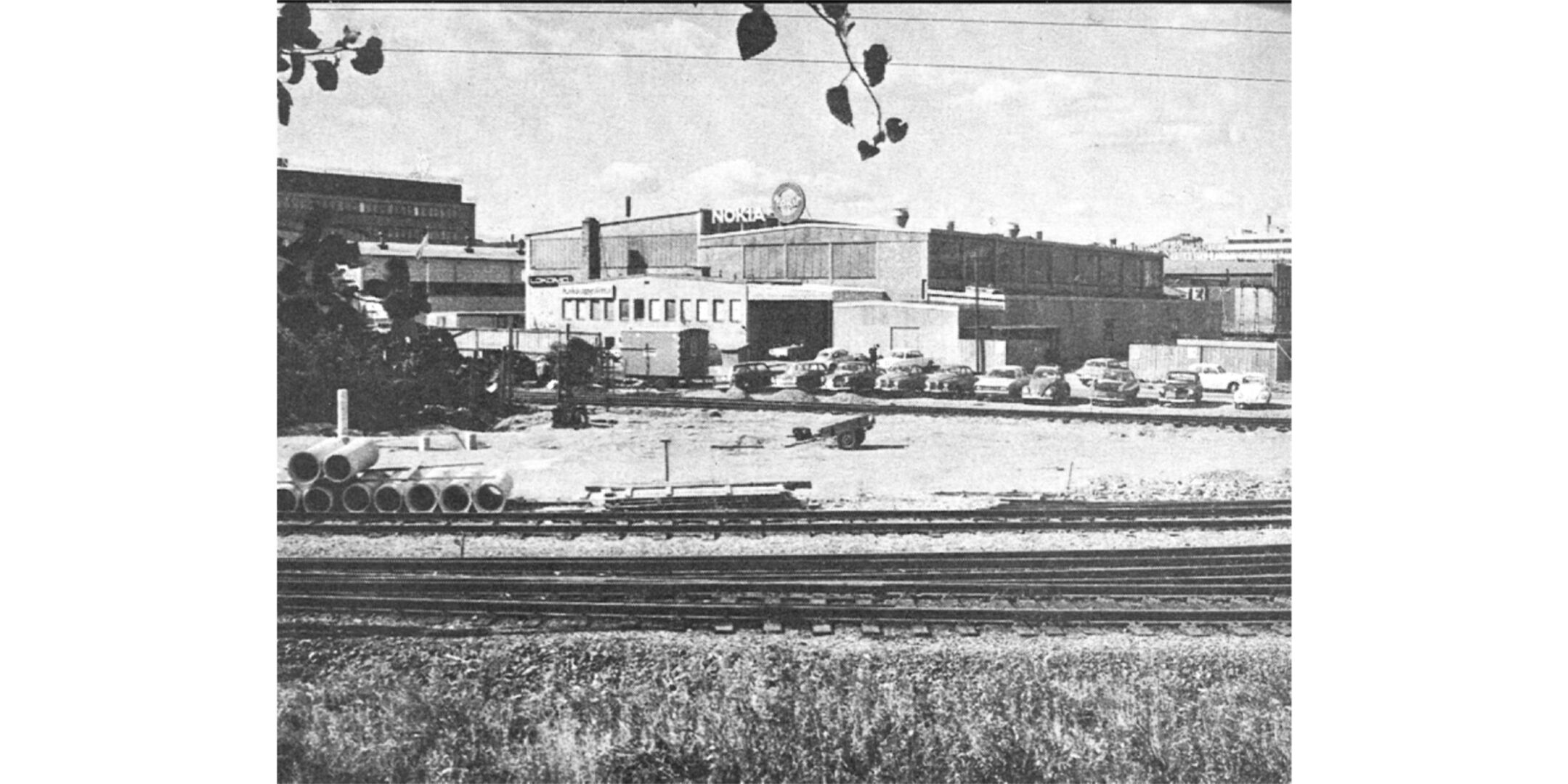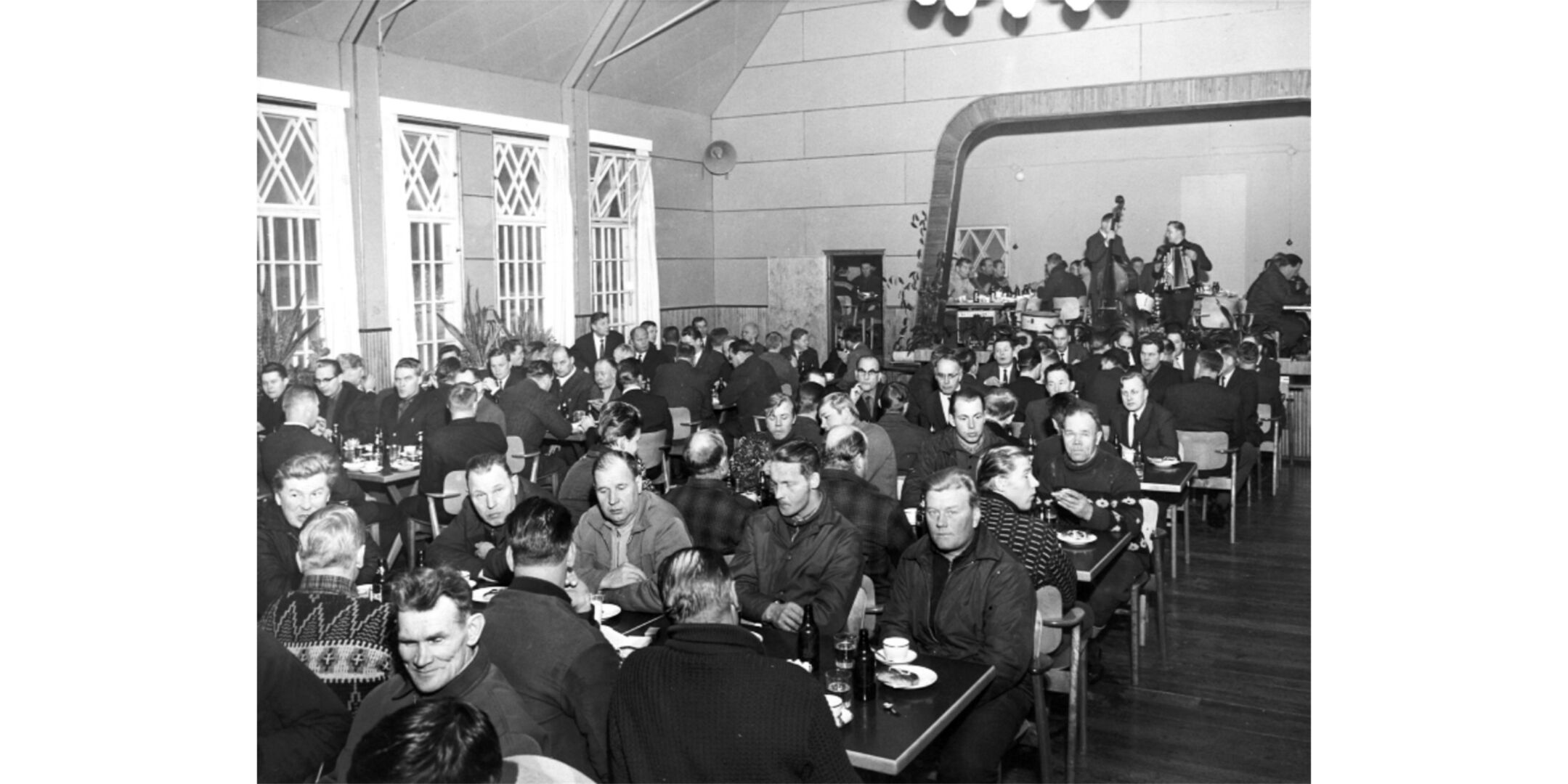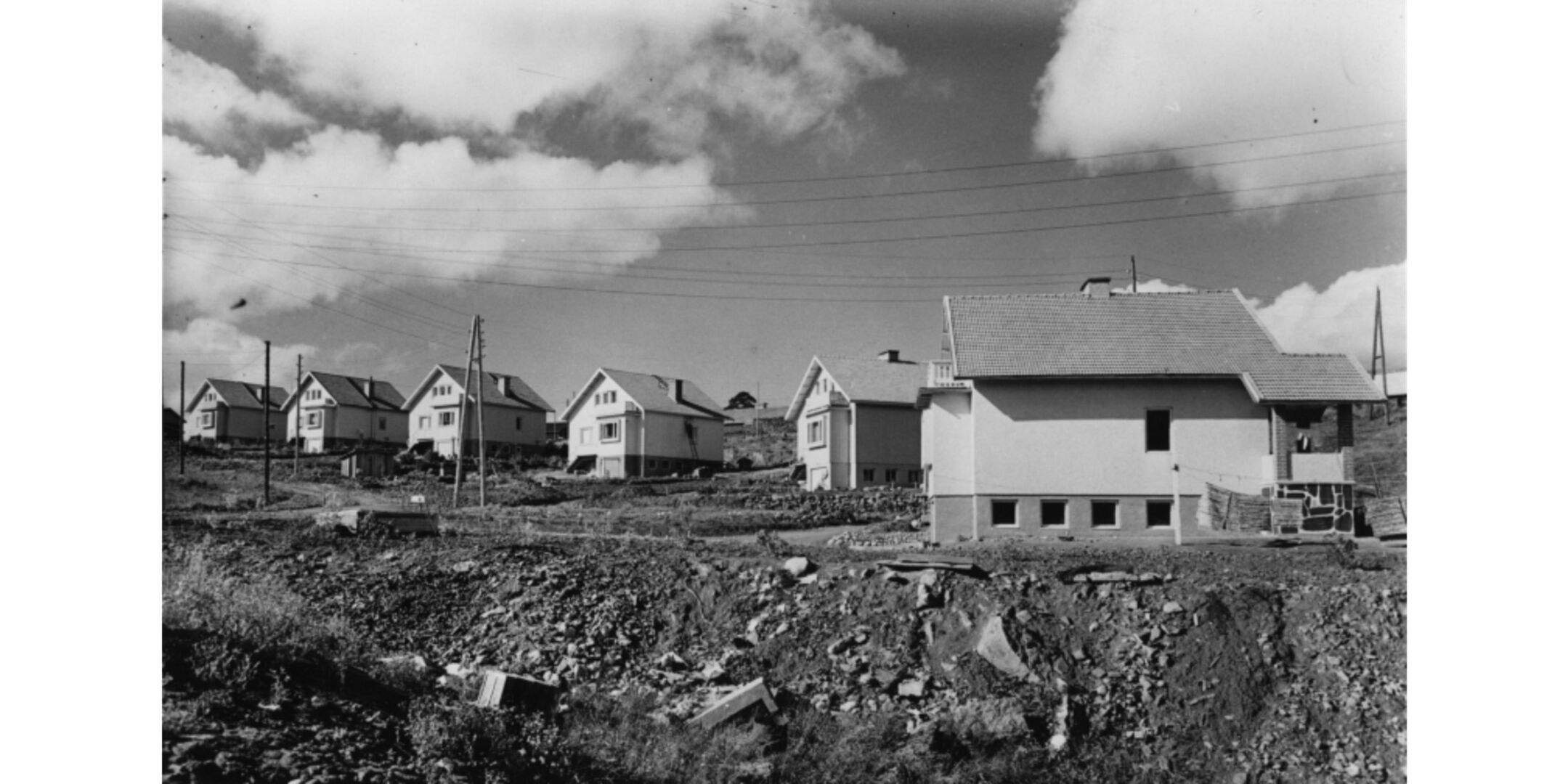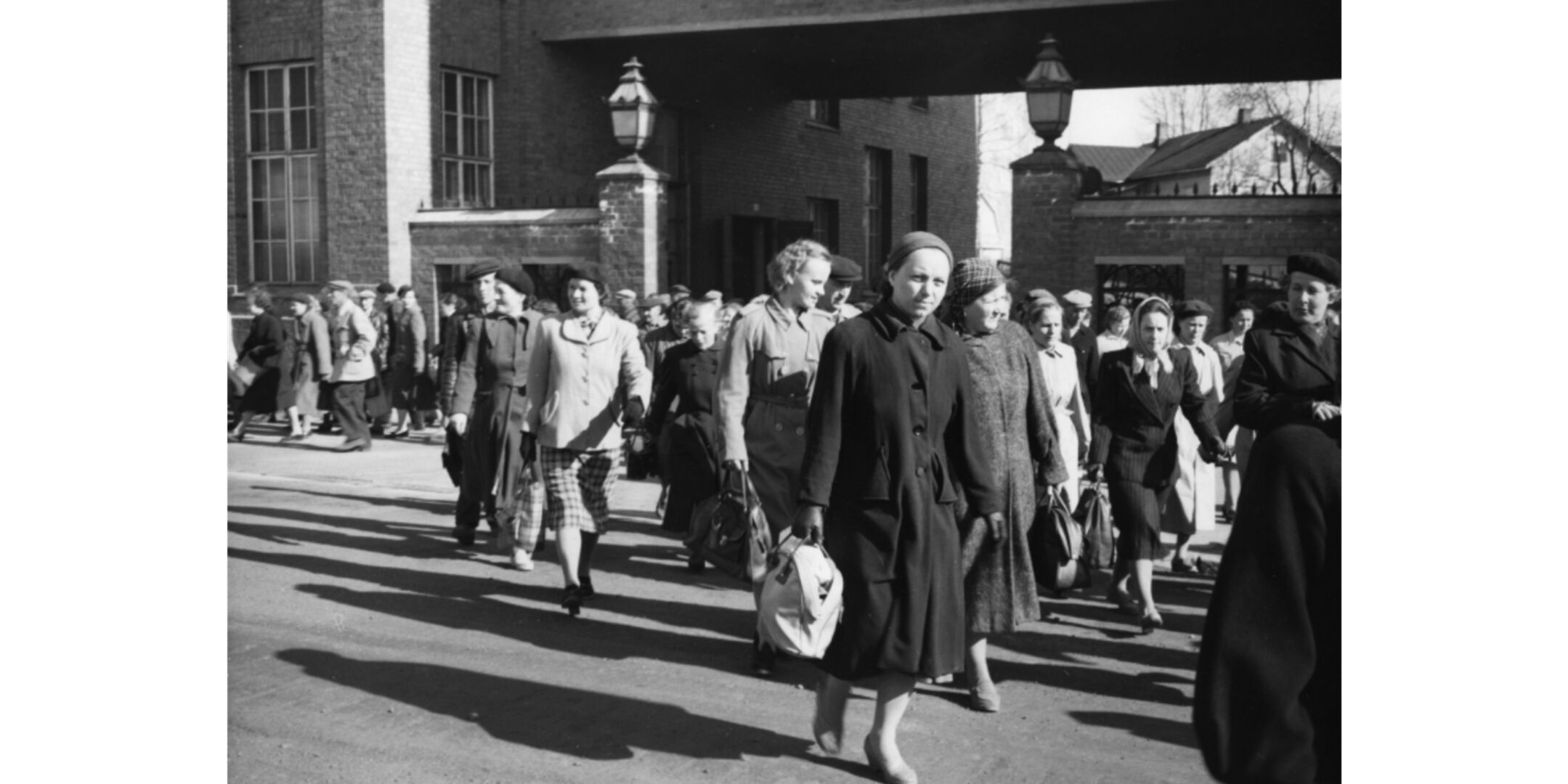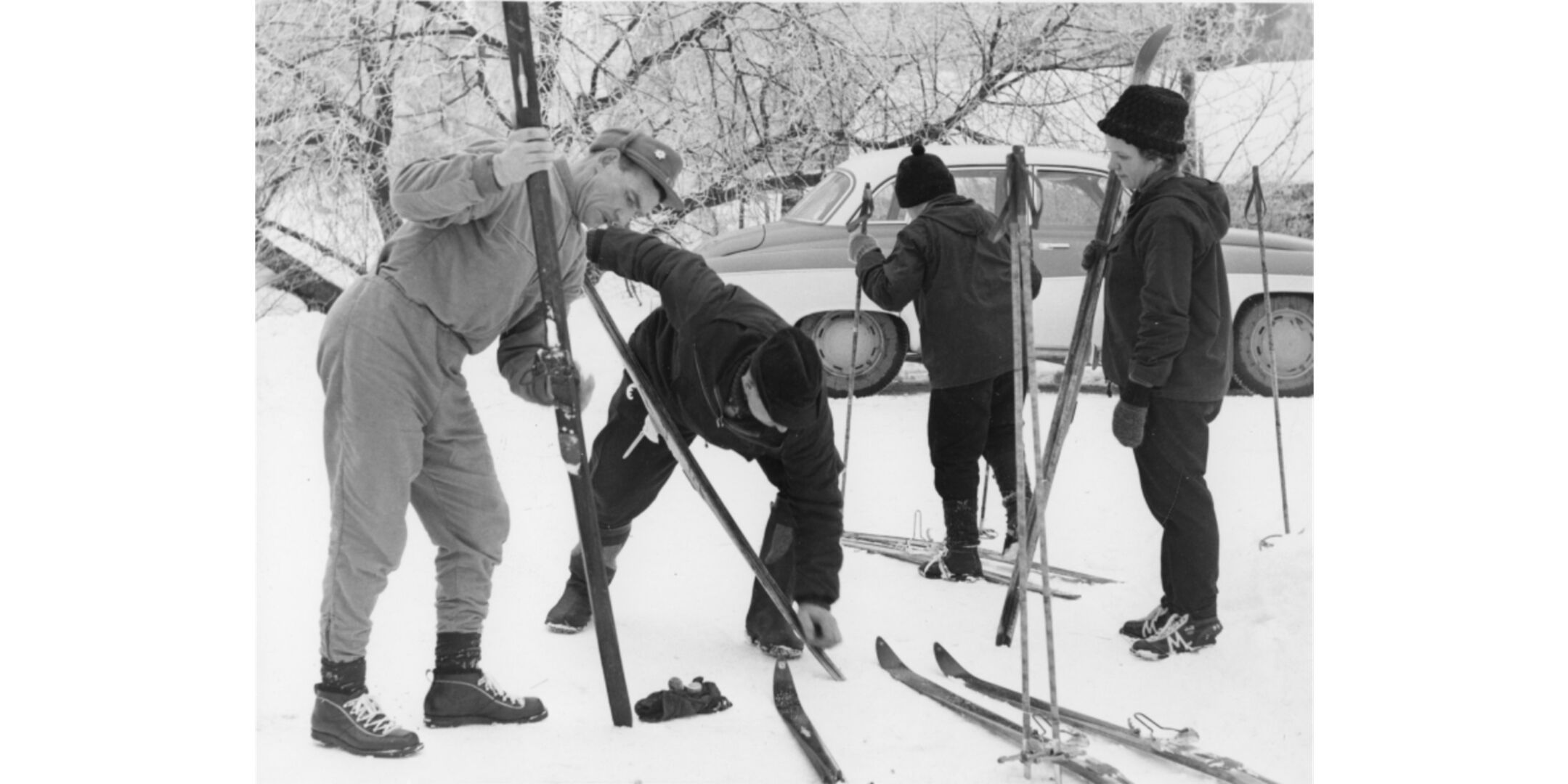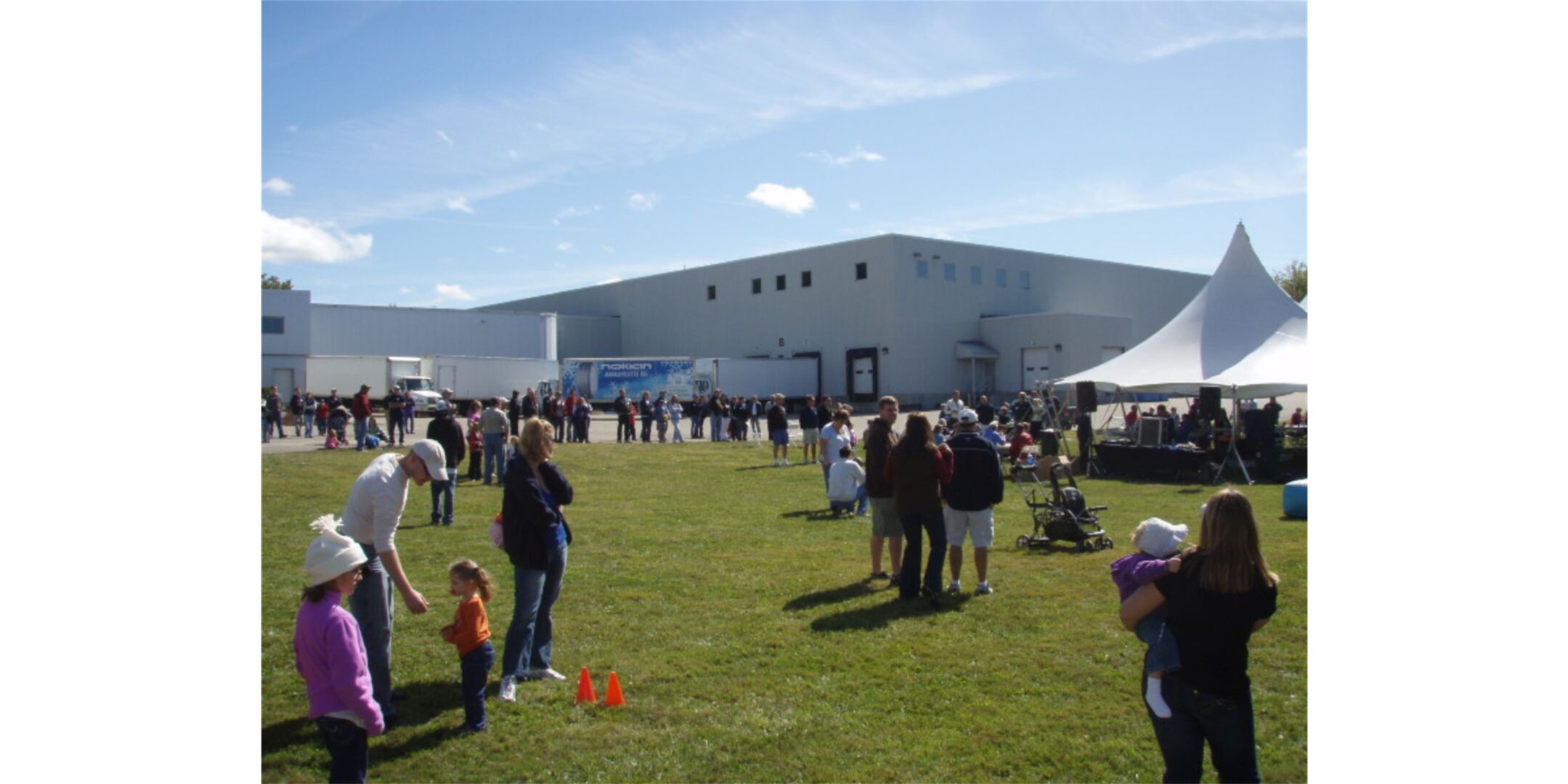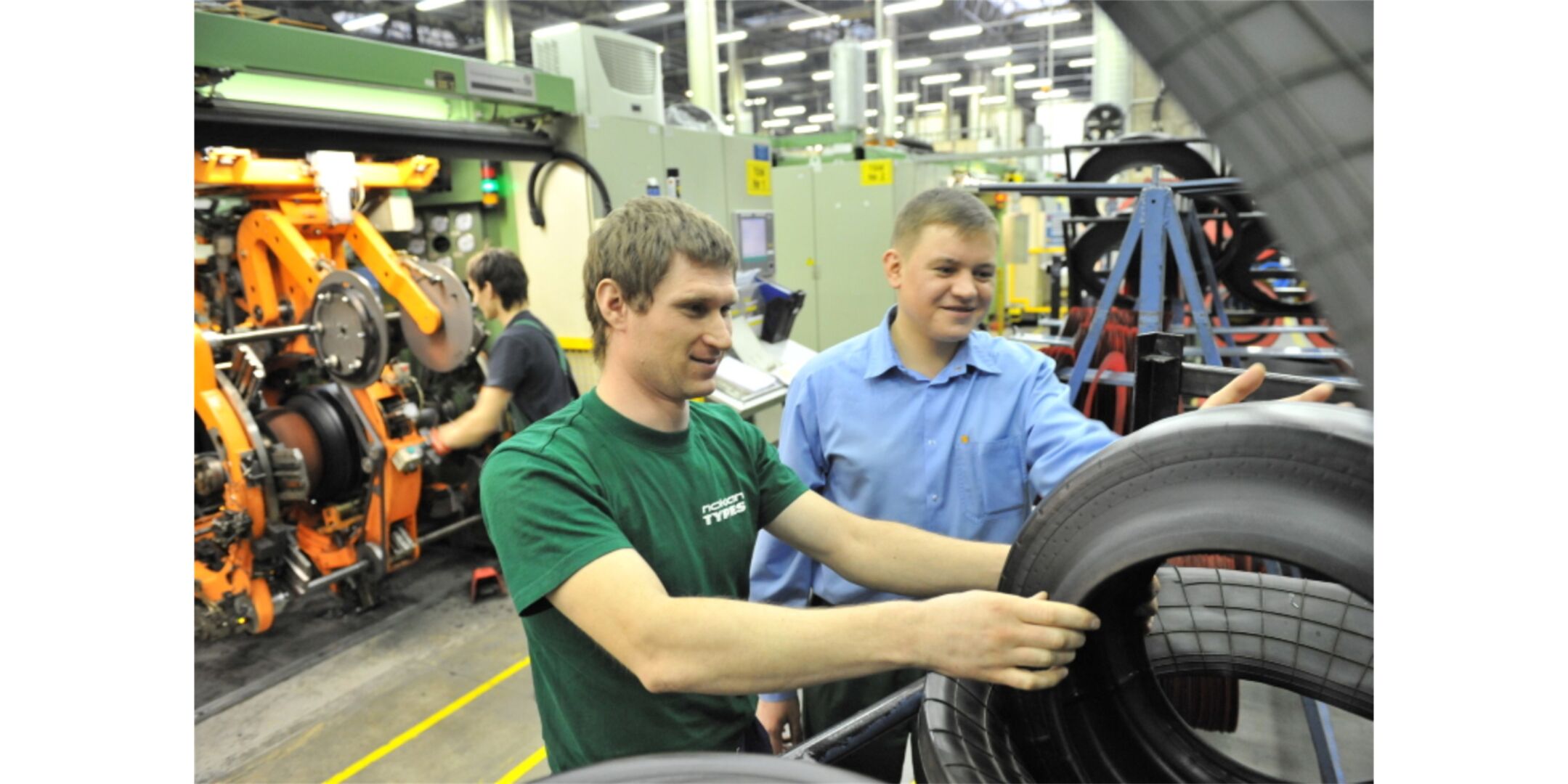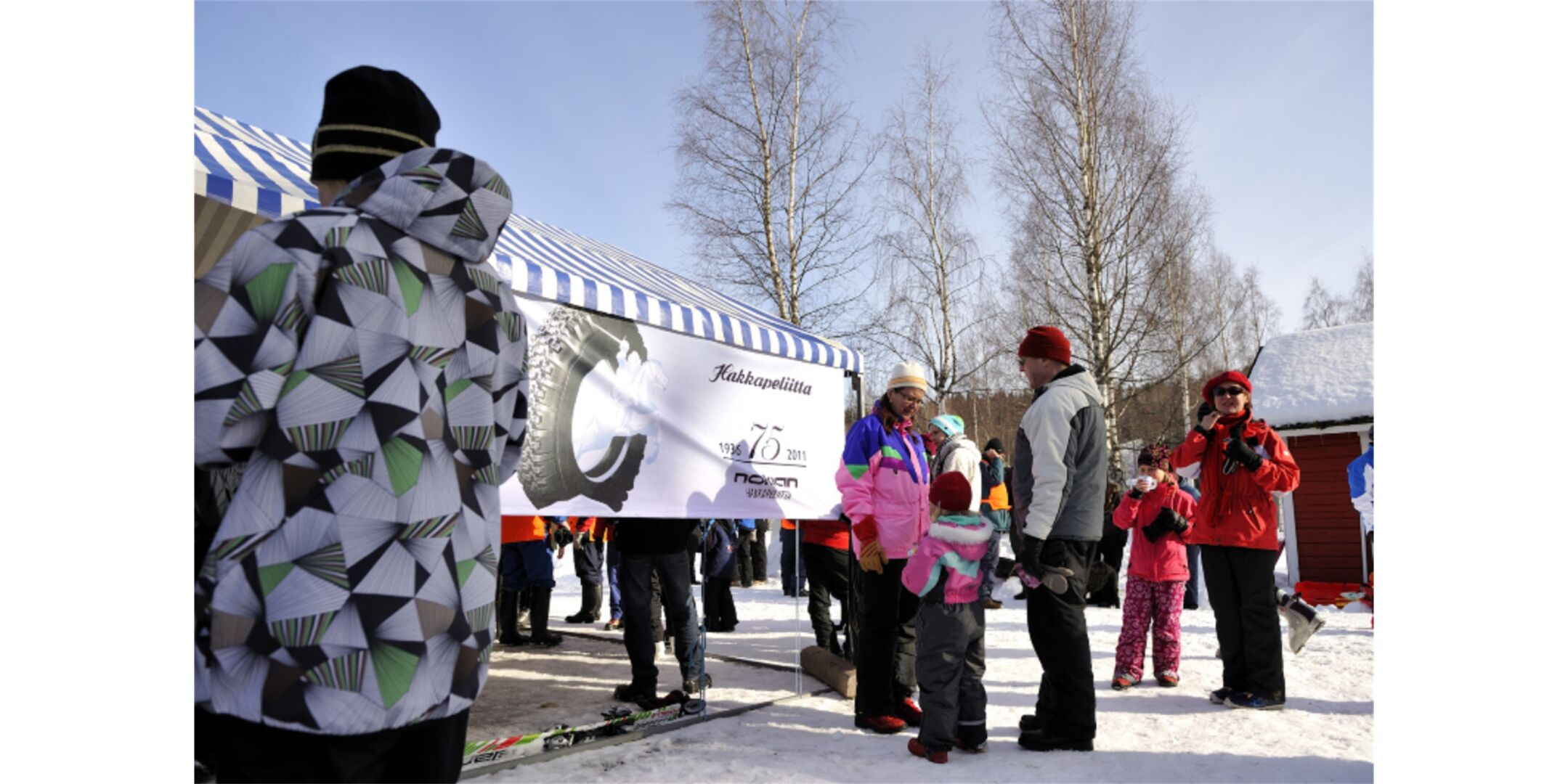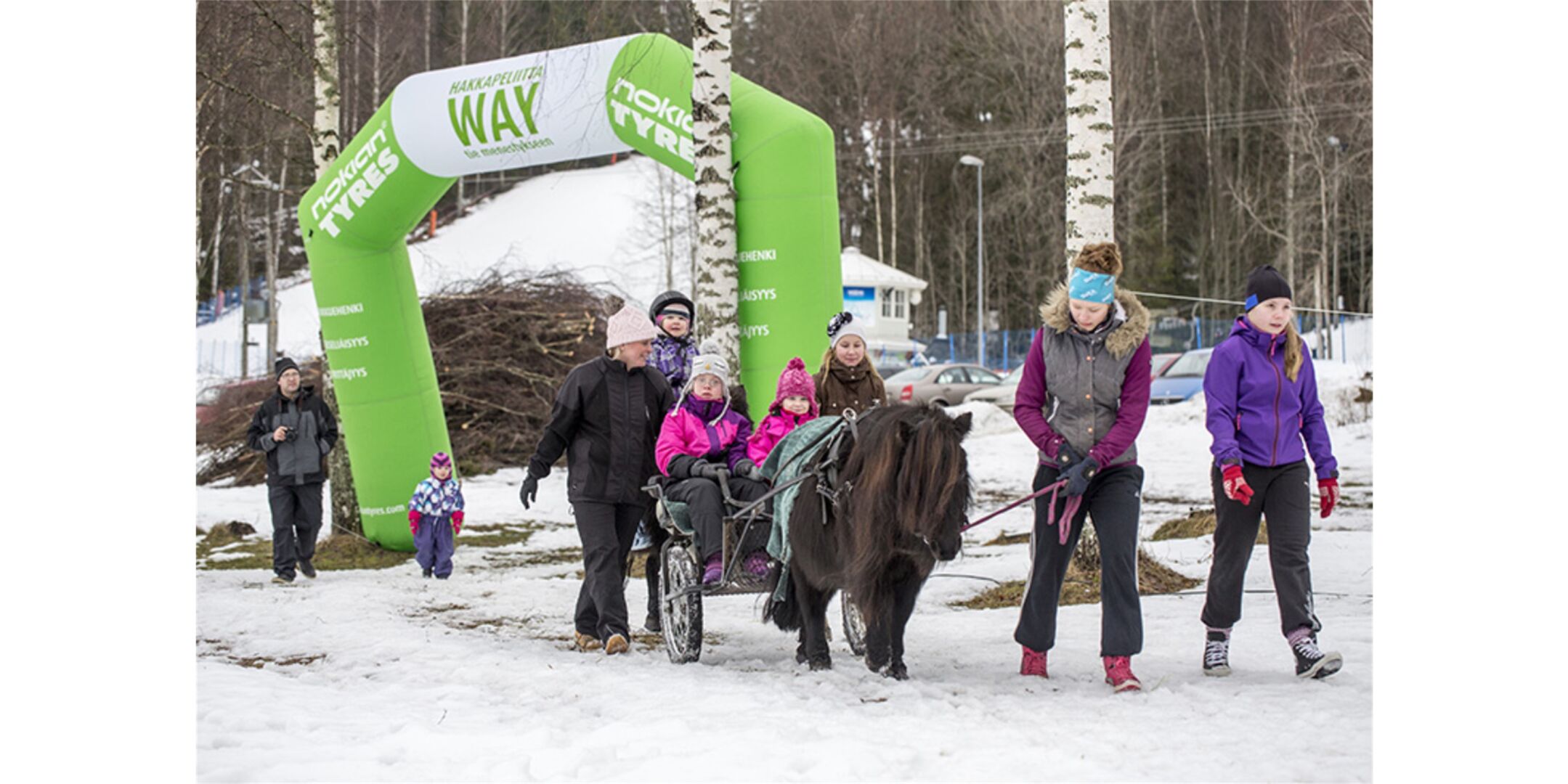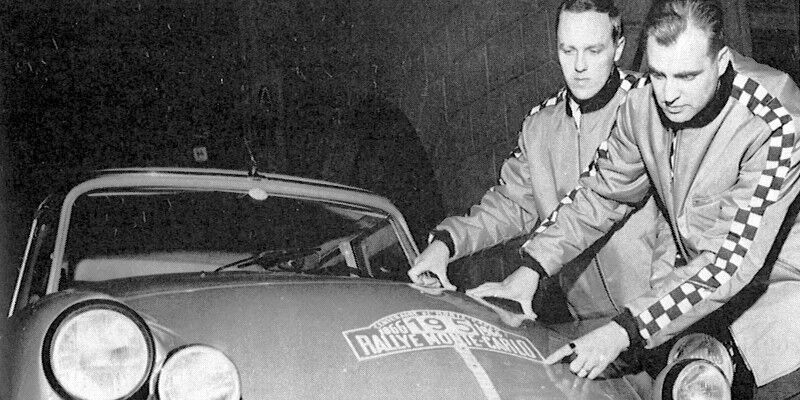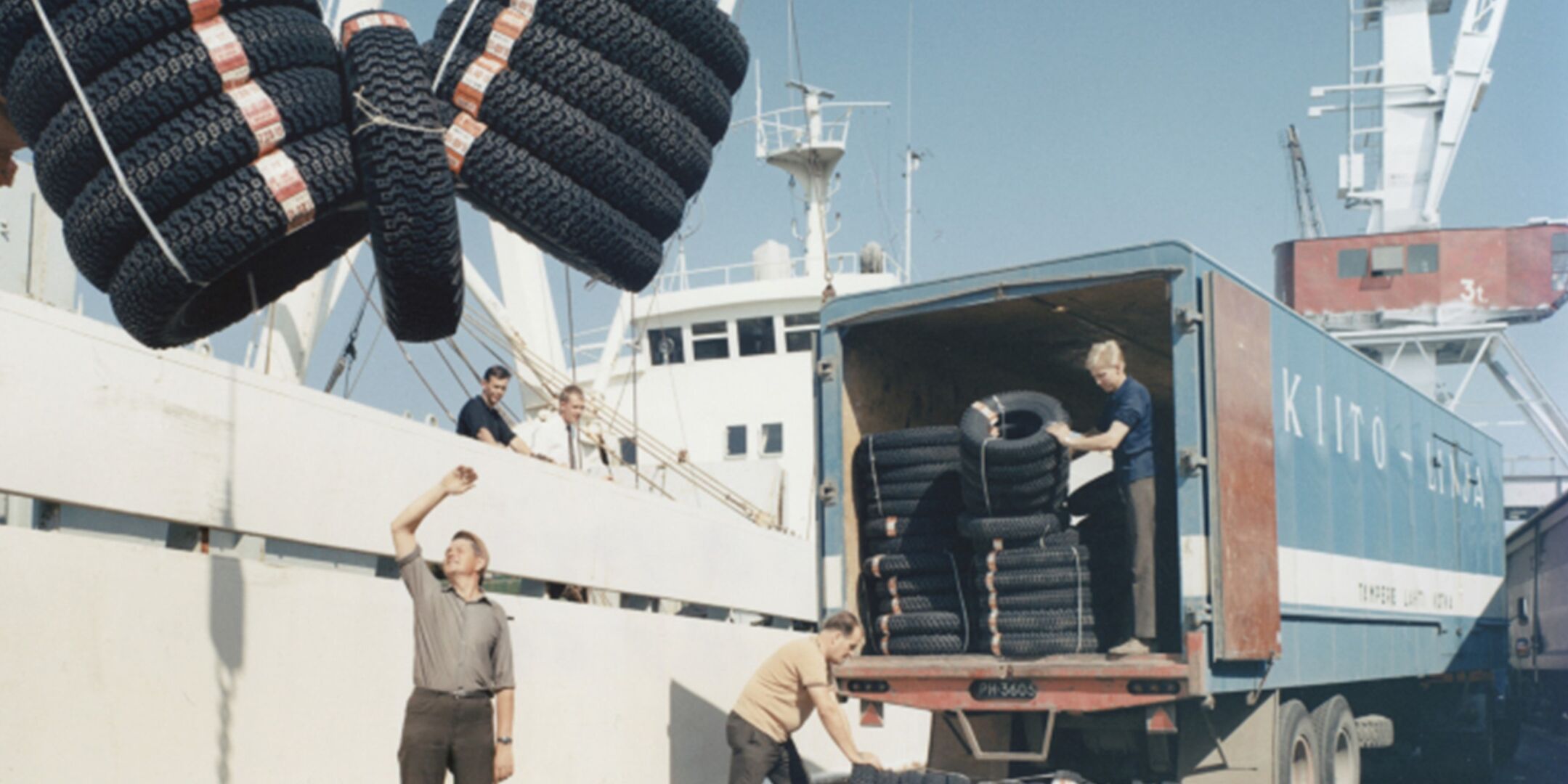Article
Hakkapeliitta spirit
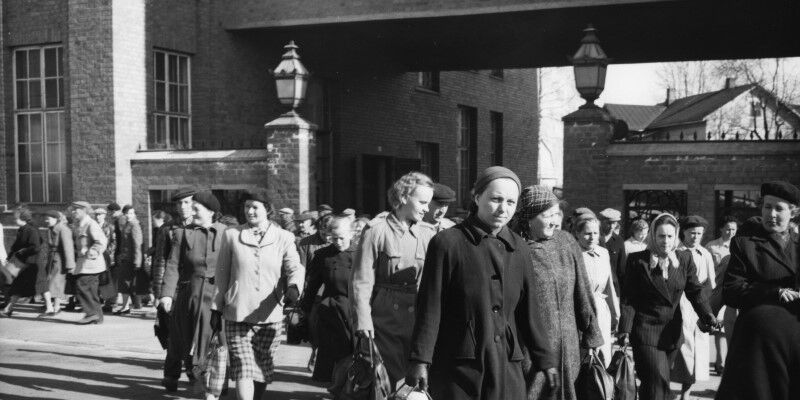
The history of Nokian Tyres is also the history of the Finnish rubber industry. Long-term strategy has guided the company and its workers from galosh makers to international winter tire experts. Plenty of innovation, courage and team spirit have been required along the way.
The rubber industry took its first steps in Finland in the late 19th century. After the experiments of a group of industrialists from Hämeenlinna ended in bankruptcy, a new factory was founded on Lastenkodinkatu in Helsinki. In the founding shareholder meeting on 11 March 1898, the company was named Suomen Gummitehdas Osakeyhtiö. The owners were leading figures from the fields of commerce, industry, and culture.
Eduard Polón (1861-1930) was appointed Managing Director. Polón, the son of a rural police chief with Polish roots, was at the helm of the factory until 1929. Antti Antero, formerly Aalberg and the brother of actress Ida Aalberg, was appointed technical director, and he managed the factory until 1939.
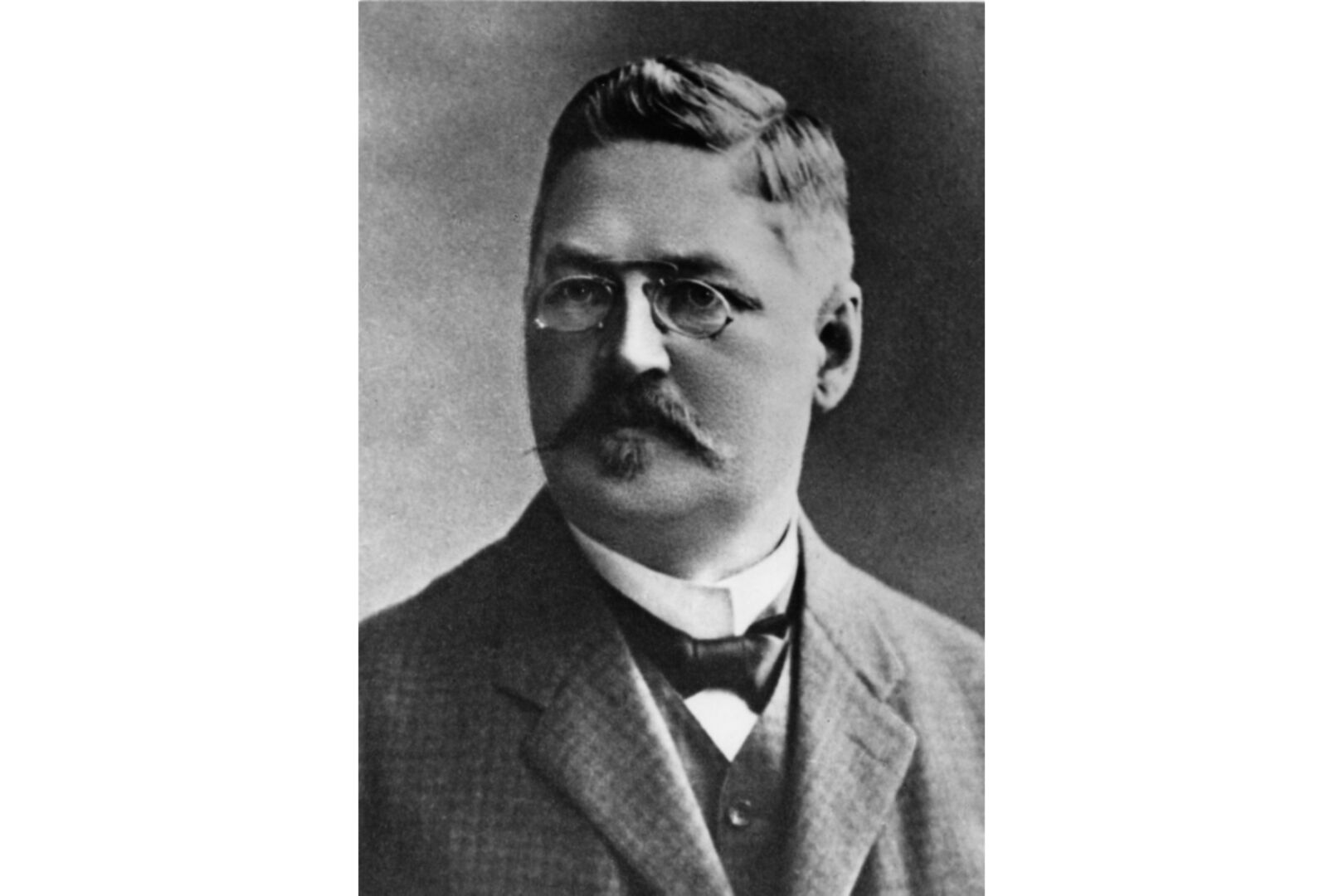
Eduard Polón's vision for tyres
While being banished to Siberia for his political views in 1916, the company’s first Managing Director Eduard Polón developed the idea of establishing a tire department. Board members Antti Antero and Gustaf Westerlund travelled to meet Polón in Chukhloma, Kostroma Oblast, and during this trip, they made the decision to start manufacturing tires. However, the implementation was another ten years in the making.
On the shore of Nokianvirta
Suomen Gummitehdas manufactured footwear and technical rubber products, with galoshes being the number one article. Growing production in the centre of the capital was problematic, so the company started looking for a new location. After reviewing options, and partially by coincidence, the company settled in Nokia, where the beautiful scenery, the available power from the Nokianvirta river and local workers managed to convince landlord Antero and shareholder Birger Pentzin. Gummitehdas and its forty employees moved to Nokia in 1904.
Suomen Gummitehdas received electric power from the nearby wood processing plant Nokia Oy, and Gummitehdas became its principal owner in 1919. In 1922, the company acquired a majority share of the stock in the Suomen Kaapelitehdas cable factory that also operated along the Nokianvirta river.
Together for the future
In 1928, the rubber factory experienced a long strike. Most of the workers resigned for nearly a year. At the end of the strike, Managing Director Polón took the initiative in constructing a house for the festivities, meetings and clubs of the factory workers. The Kerhola building, designed by architect W.G. Palmqvist and representing classicism, was inaugurated in the spring of 1930. The Gummitehdas band and the Kumikuoro choir were started during the same year.
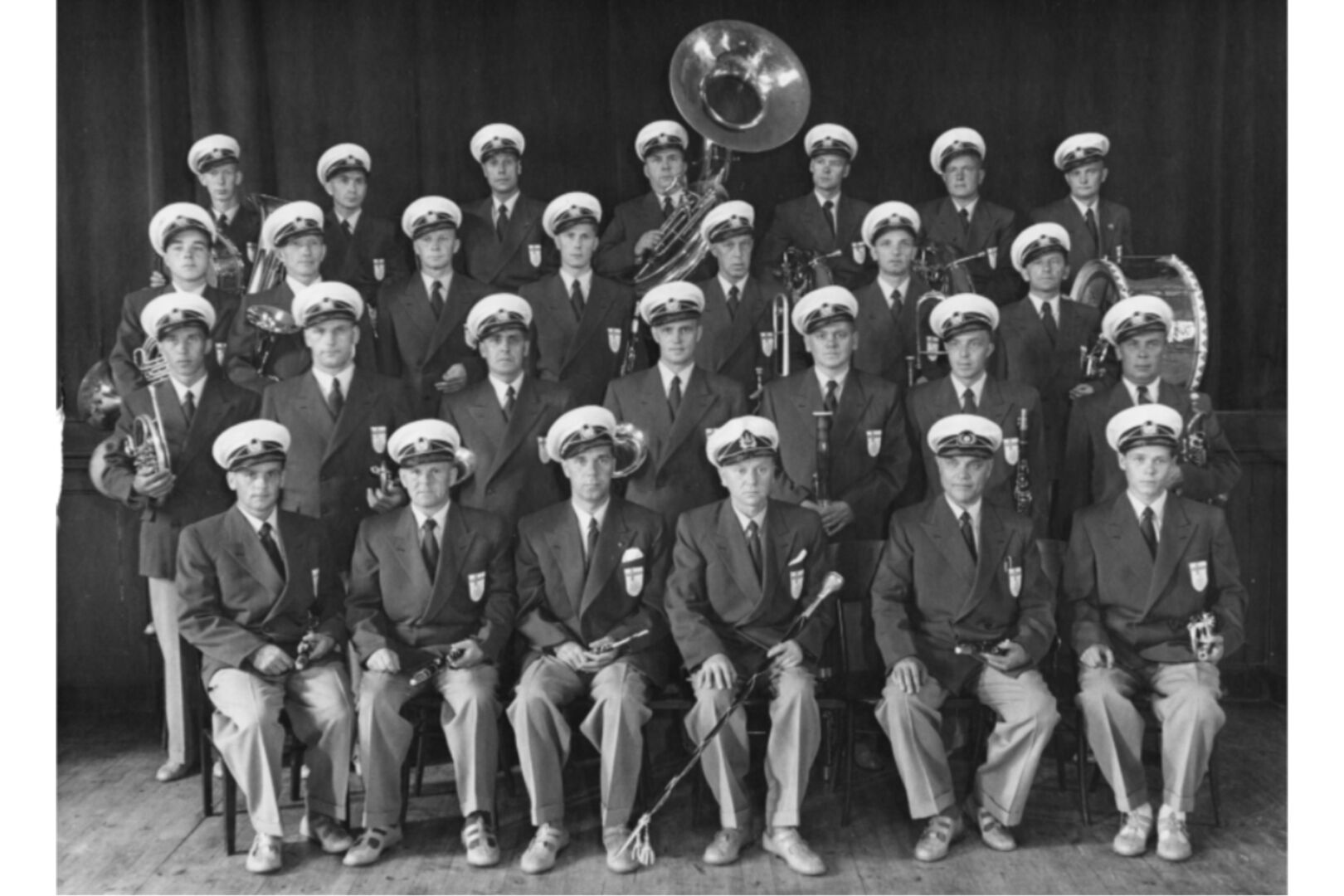
The Gummitehdas band
The Suomen Gummitehdas Oy band was founded in 1930. Onni A. Vikkula and Väinö Huuhka were long-term conductors. The musicians worked for the company, and were also paid to play. The band rehearsed in the hobby and festival house Kerhola. In 1951, the Gummitehdas band went on a concert tour to the Netherlands, where it won the gold medal in a competition for amateur bands.
Photo: During its tours, the factory band listened to the customers’ individual wishes and publicised the new Hakkapeliitta tires.
In the 1930s, the rubber industry in Finland was heavily centralising. Suomen Gummitehdas bought the Nurmi rubber factory, the Denffer rubber mat factory and the Helsinki rubber factory. The company also acquired the Savio rubber factory and Kumiteollisuus Oy from Tampere. Polón's successor as Managing Director was Torsten Westerlund.
In 1938, Suomen Gummitehdas Osakeyhtiö was the 20th largest company in Finland. It had 1,500 employees in Nokia; the Nurmi and Savio factories raised the total to 2,000. Technical products already exceeded footwear in volume, and new ground was covered by car tire manufacturing. Eino H. Liljeroos started as technical director in 1939.
Gummitehdas took care of its employees and their families in many different ways. A baby nursery and day care operated near the factory. The factory canteen “Töpinä”, opened in 1941, served the entire personnel daily. The company also participated in the foundation of the Nokia vocational school in 1935.
Thirty-six employees of the Nokia factory lost their lives in the battles of World War II. The children of the fallen became the godchildren of the company. After the war, company house production increased further. Housing for ex-soldiers and war widows was offered in the Ruskeapää and Lauttala areas.
A rubber factory for the new age
After the war ended, both uncertainty and faith in the future were in the air. Due to increased costs, the company raised its share capital on two occasions. In 1949, the Nokia factory had over 2,000 employees.
Motorisation soon became a reality in Nokia as well: parking places for cars were reserved in front of the factory for the first time in 1955, whereas earlier, workers had arrived by bicycle or on foot.
Torsten Westerlund retired in 1958 and Ensio Salmenkallio became the new Managing Director. In 1959, the name of the company was modernised to Suomen Kumitehdas Osakeyhtiö. Soon, the value of tire production exceeded that of rubber footwear, and car tires became the leading product line.
The 1960s were a time of company mergers. In 1963, Kumiteollisuus Oy and Nokian Kutomo were merged into Kumitehdas. The great merger on the shores of Nokianvirta was decided on in 1966, when Suomen Kumitehdas, the wood processing company Nokia Oy and Suomen Kaapelitehdas merged. The merger came into effect in 1967. Oy Nokia Ab became the second largest company in Finland, after Enso-Gutzeit. The number of employees was 8,000. Väinö Richter started as director of the rubber industry.
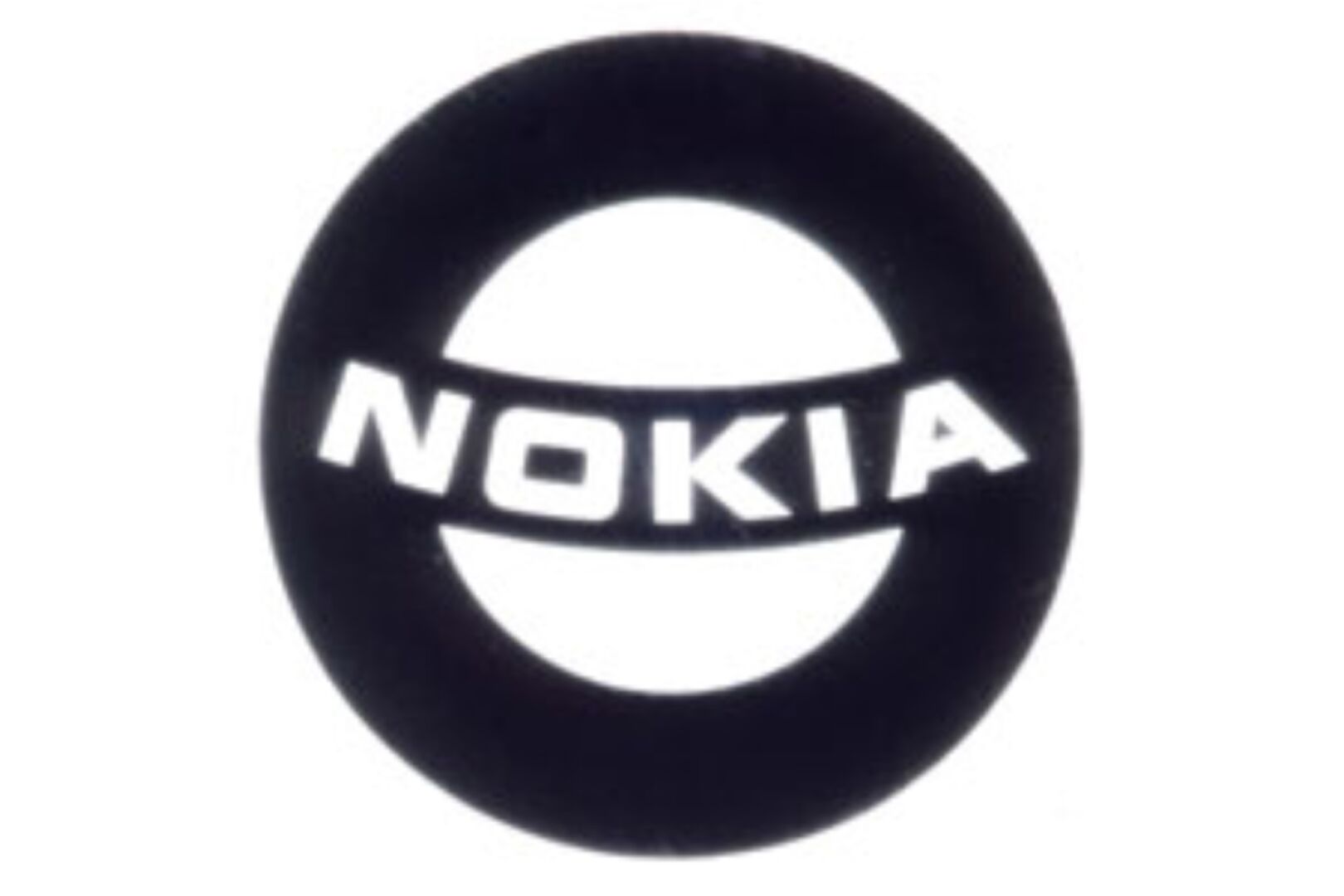
1965 logo
Suomen Kumitehdas Osakeyhtiö published its new logo in 1965. It was the third logo in the company’s history. Years and abbreviations had been stripped from the round logo, and it communicated tire manufacturing more clearly than before. When a neon sign of the new logo was installed on the roof of the factory in Nokia, it was nicknamed “Richter’s Moon” after Managing Director Väinö Richter. The round Nokia logo remained in use until 1986.
Employees make the company
Refreshment activities for employees were focused around Koukkujärvi, from where the Nokia branch of the trade union rented an outdoor cottage. A sauna was built nearby as a group effort in 1965. The local trade union also purchased the Kuusisto estate to be used by the factory workers.
In 1971, the Nokia local administration was established as an administrative cooperation body among the wood processing and rubber factories of the merged company. In 1972, the company moved its headquarters from Helsinki to Nokia. Pekka Unkila was appointed director of the rubber industry in 1977.
Lasse Kurkilahti was appointed Managing Director in 1988. Nokian Tyres plc, the publicly traded company, was born in 1995. Nokian Tyres became known as a pioneer for worker well-being studies and personnel balance sheets. Director Kim Gran, who had earlier been responsible for passenger car tires, started as the seventh Managing Director for the company in 2000. The world’s northernmost tire manufacturer is currently led by President & CEO Jukka Moisio.
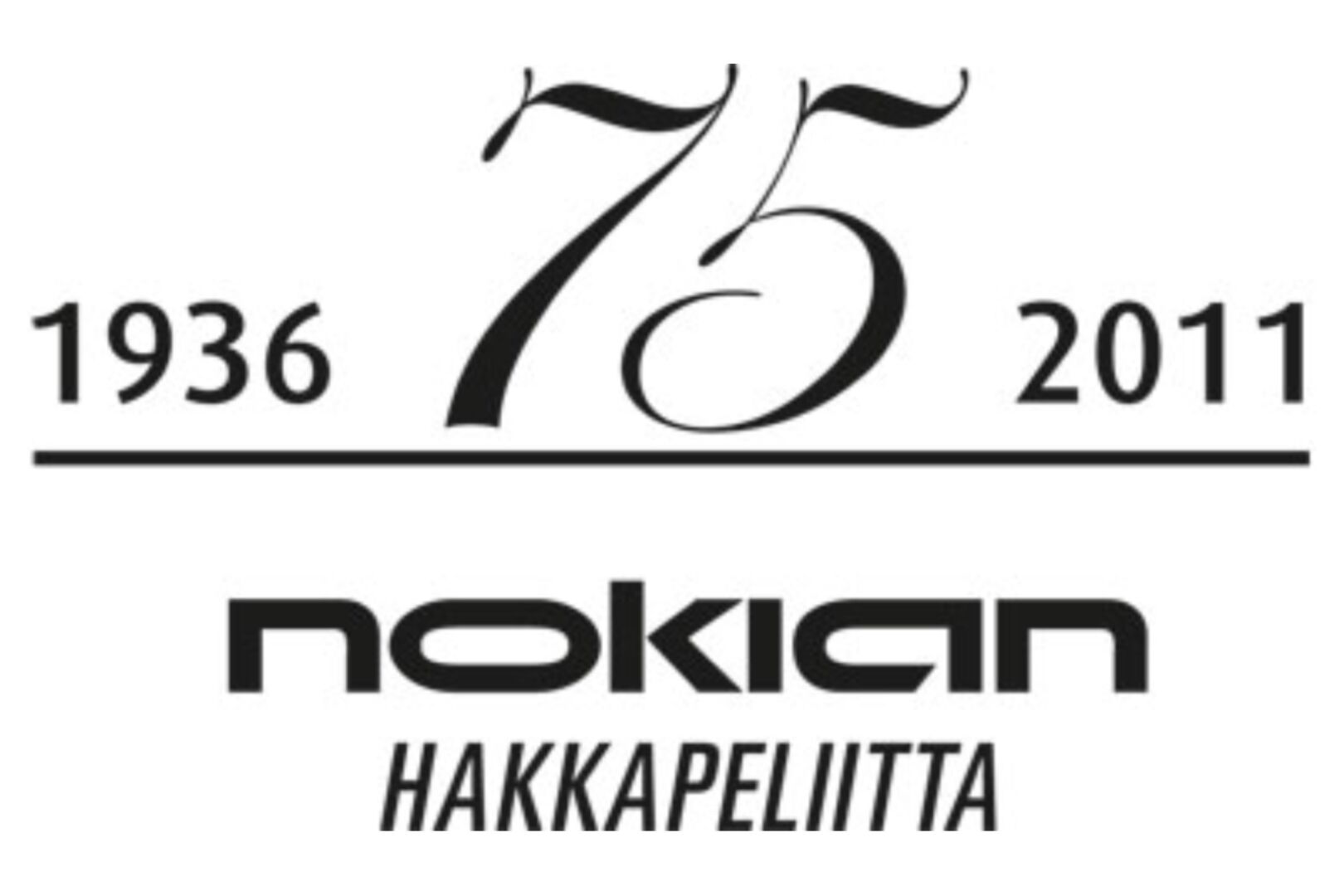
History in brief
1898 Suomen Gummitehdas Osakeyhtiö founded
1904 Factory set up in Nokia
1925 Bicycle tire production starts
1932 Passenger car tire production stars
1934 “Kelirengas”, the first winter tire in the world
1936 The first Hakkapeliitta tire is manufactured
1945 New tire factory built in Nokia
1959 From Suomen Gummitehdas to Suomen Kumitehdas Oy
In the 2000s, Nokian Tyres grew from a traditional export company into a worldwide tire group. The selection of products became strongly specialised. The company's own, unique product development and winter tire testing programme have resulted in success in independent tire tests for many decades. One part of the strategy of the world’s most profitable tire manufacturer is the strong expansion of the Vianor tire retail chain. More and more Vianor outlets now operate on a franchising based partner principle.
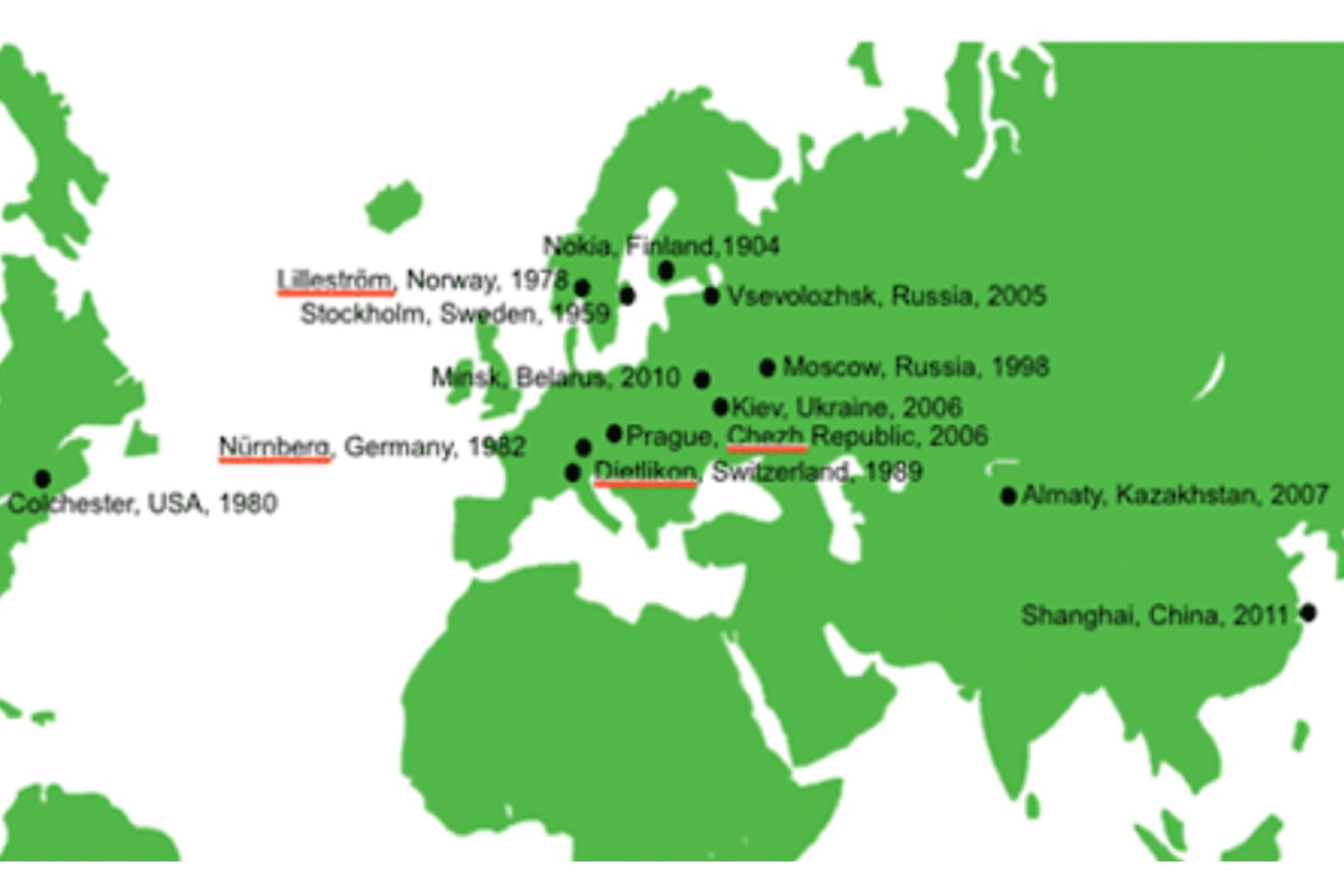
Worldwide tire group
At the end of 2015, Nokian Tyres had a total of 12 marketing companies around the world.
Nokian Tyres has reached a strong position in its key market areas. In addition Central Europe and North America also support the global growth of the company. In 2010, the company’s turnover exceeded one billion euros. Nokian Tyres is the only tire manufacturer in the world that specialises in demanding northern conditions.
Our tire industry professionals are joined together by a strong belief in their own abilities and trust in discovering things together, knowing, and rolling up their sleeves and doing. We call it the Hakkapeliitta spirit. It is the mental state of the company: tangible yet hard to define. Natural, genuine, real. Frighteningly simple. And impossible to imitate.
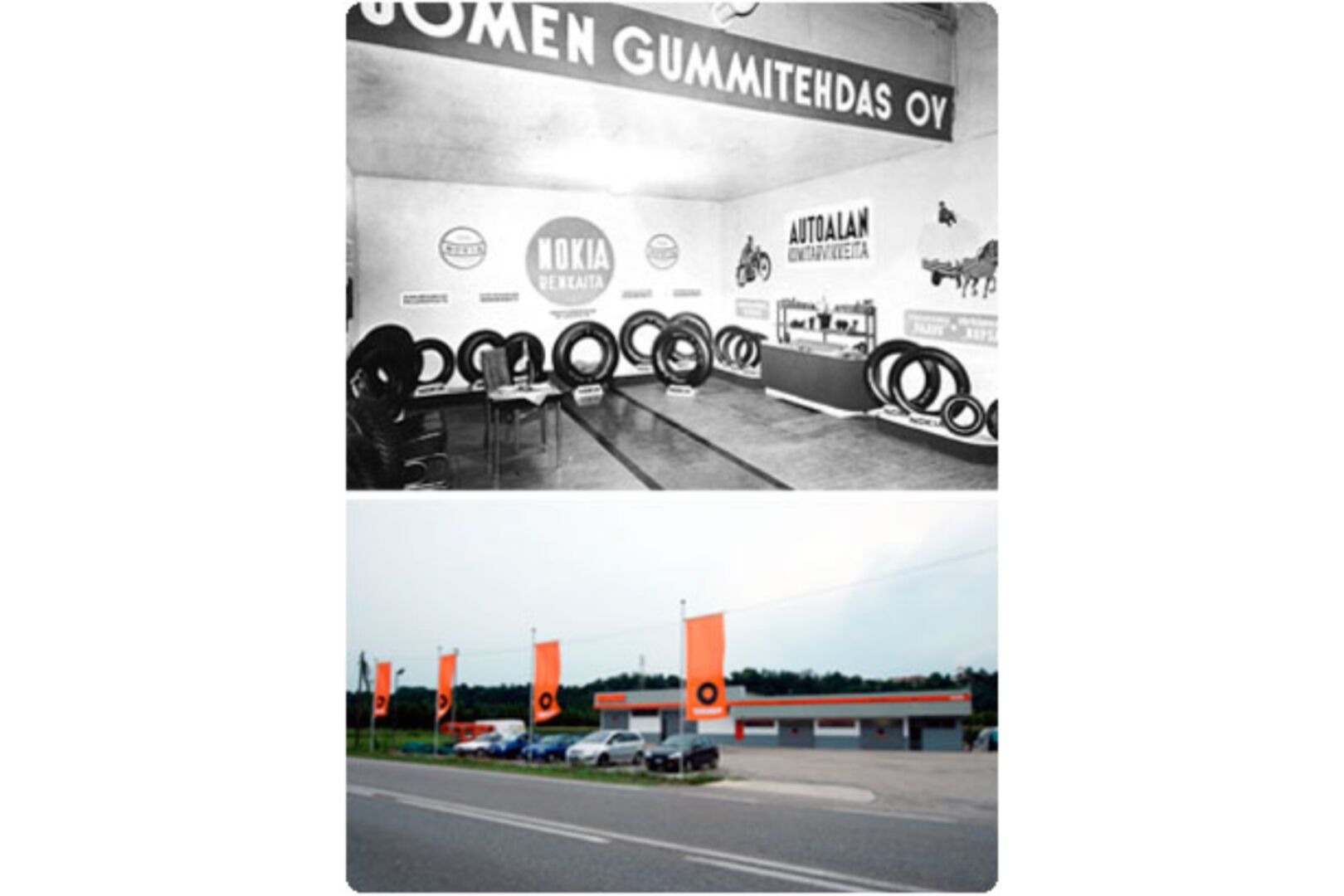
Vianor tyre retail chain
Suomen Gummitehdas Osakeyhtiö opened its own sales office in Helsinki in 1900. The most famous location was on Mikonkatu, where even queues formed during the shortage years.
